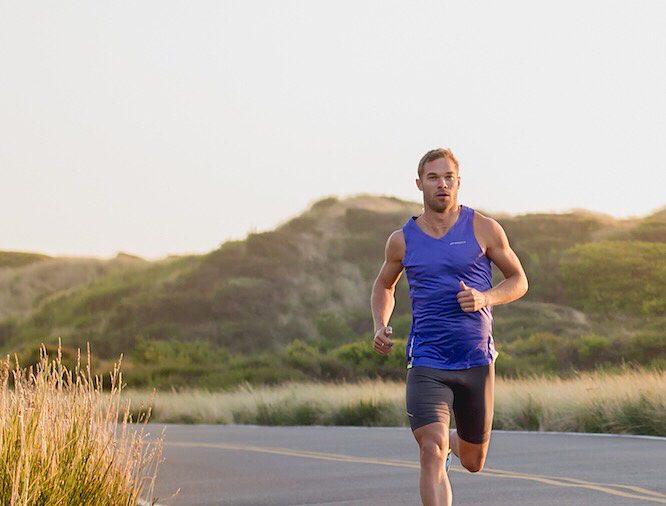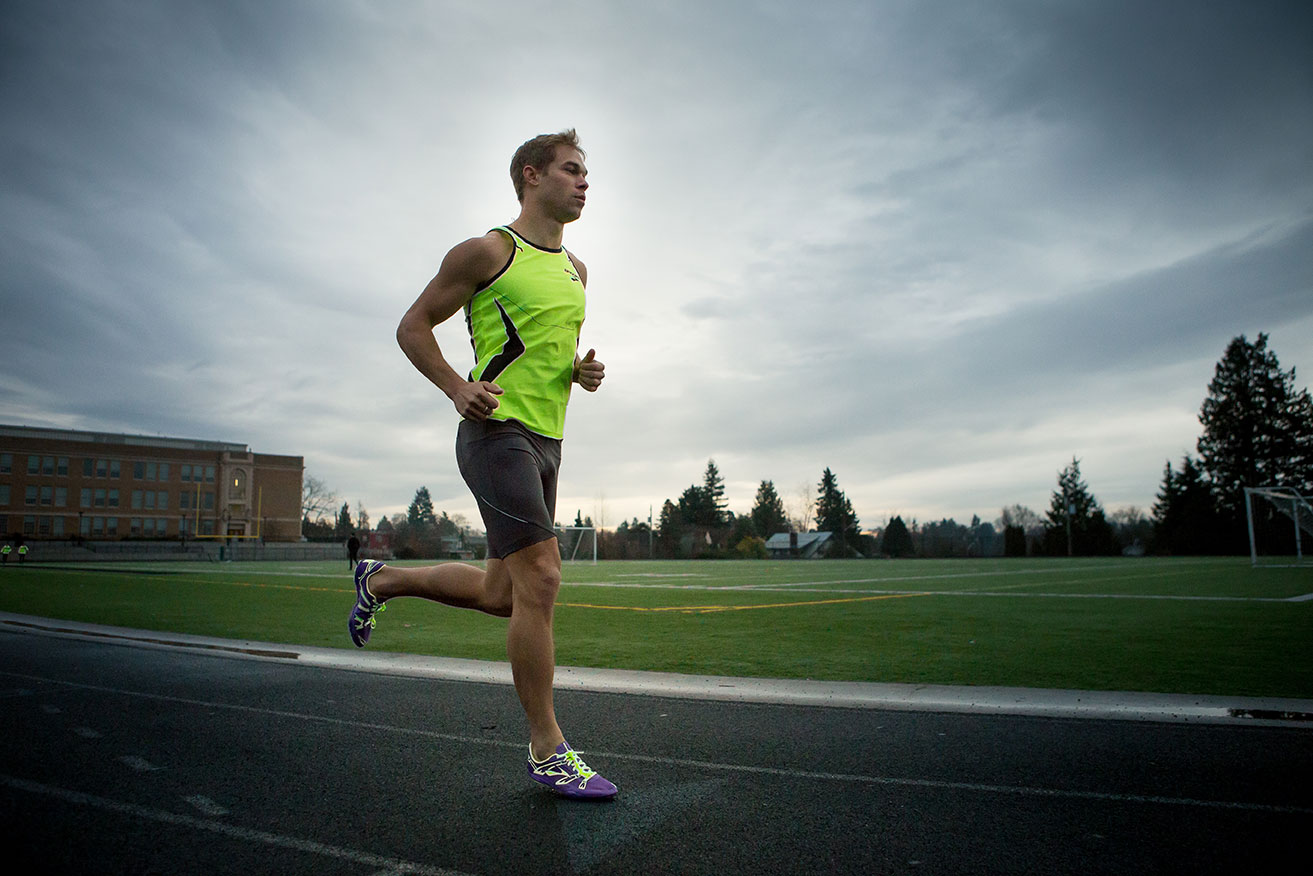Nick Symmonds’ favourite plyometric drills for runners
The two-time Olympian shares eight of his best moves for developing strength and power

If you’re looking for a way to help you charge up hills, unleash a monster finishing kick and simply produce more power with every stride, look no further than plyometrics. Plyos, or jump training, are exercises in which your muscles exert maximum force in short intervals of time, and typically include both single-leg and double leg explosive movements like jumping and bounding. Nick Symmonds, a former U.S. Olympian in the 800m and 1,500m, includes plyos in his training, and he has shared his eight favourite plymoteric exercises in a video on his YouTube channel.

RELATED: Running drills to improve speed and power
Before getting started, Symmonds cautions runners not to jump right into doing plyos right away or else you risk getting injured. Instead, you should first being a lower-impact strength training program, and once you’ve built up a good base, you can begin adding jump training into your program. He also recommends consulting a coach before trying these exercises to ensure you’re doing them right.
Nick Symmonds’ eight favourite plyometric drills for runners
Read through these exercises, then check out the video for more of Symmonds’ advice.
Air squats
These are meant to act as a warm-up, says Symmonds, but as you progress over time you can add weight to increase the difficulty level.
Squat jumps
The goal, he says, is to reposition yourself in the air as you’re jumping forward so that by the time you land, you’re ready to jump again. You don’t need to focus on height or distance for these, just explosiveness and power.
Lunges
These, Symmonds admits, aren’t typically considered plyos, but the way he does them (as you’ll see in the video) is a more explosive movement than a regular lunge. While you’re lunging, he reminds you to keep your chest tall, or else you’ll lose your ability to generate any power.
Ankling
To perform this movement, you have to take small, quick steps, bringing one foot over the other in really small movements. This move doesn’t look difficult, but Symmonds says if you do it right, it takes a lot of practice.
High knees
This is a progression on ankling, and the idea is to drive your knees up high while maintaining a tall posture.
Skipping for height
For his first set of skipping, Symmonds says he likes to focus on height, trying to “hit the clouds with his head.”
Skipping for distance
This time, your goal is to cover as much ground as possible with every skip.
Bounding
Symmonds describes this last move as a “total leg killer,” and it is the most advanced move of the entire set. The goal here is to try and hold yourself in the air as long as you can, but reposition yourself before you touch down each time.


